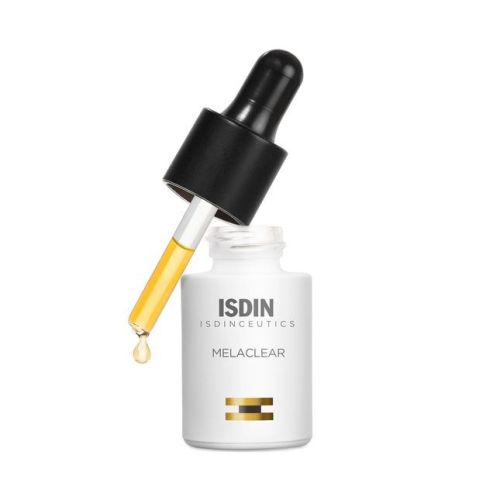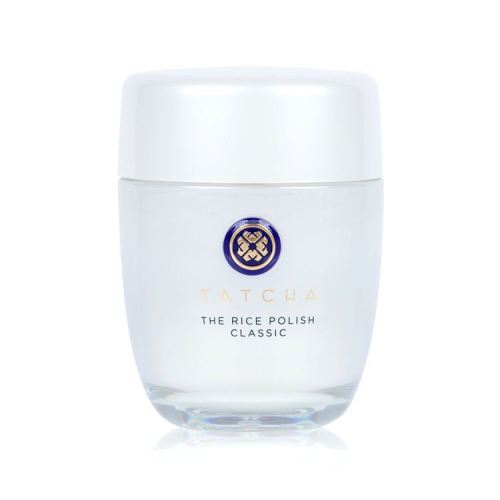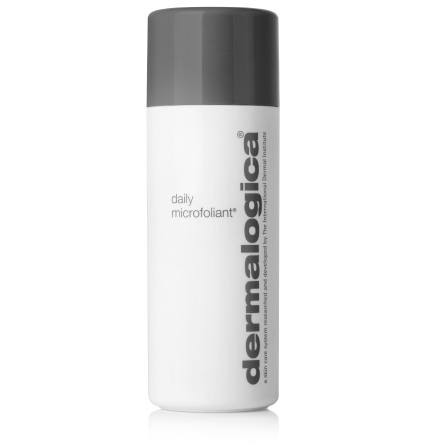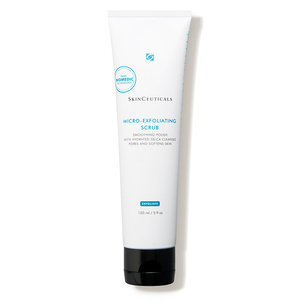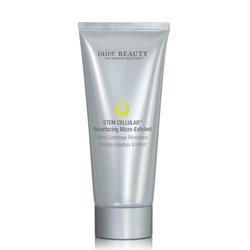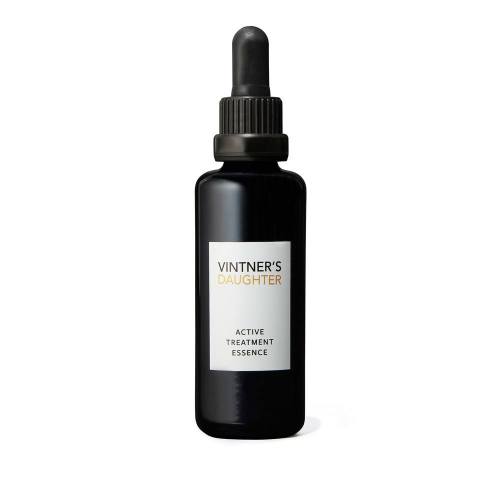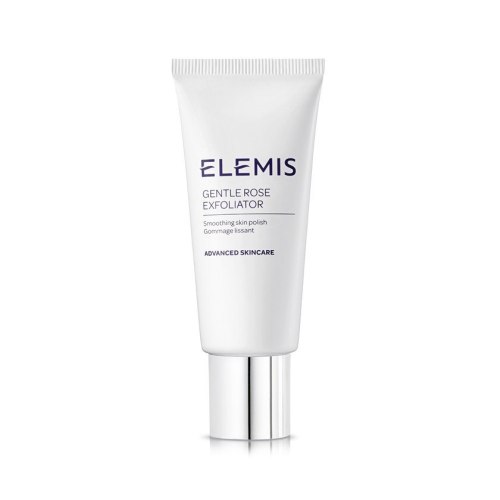Micro Exfoliation Reveals Fresh, New Skin—Minus Any Irritation
The downside to the beauty practice? It can be irritating depending on your skin type or the exfoliant that you're using (which can be anything from a physical grain to a chemical exfoliant). But then, a skin-care pro told me about micro-exfoliation, which opened up a whole new world.
"Micro-exfoliation is a way to remove surface dead skin cells and encourage new skin cells to appear, which gives an overall rejuvenated appearance to the skin," says Rachel Nazarian, MD, a board-certified dermatologist with Schweiger Dermatology Group. "It's unlike regular exfoliation because it's done more gently and has a lower risk of irritation and a quicker recovery."
Since it's a more gentle form of exfoliation, there's a higher chance that you can do it on the reg. "For many skin types, micro-exfoliation can be done daily," she says. "But for sensitive skin types it can be done once weekly." That's at the very minimum, though. "Micro-exfoliants are usually very fine grains or non-existence grain such as a foaming bicarbonate solution," adds facialist Michaella Bolder. "The process is much less abrasive and so it doesn't interfere with the skin's superficial layer, leaving it feeling smoother and looking brighter but with nothing rough—making it ideal for regular use."
{{post.sponsorText}}
You can scout a micro exfoliant by certain ingredients that do the job. "Vitamin C, glycolic acid seven to eight percent, salicylic acid at two percent, and papain are ingredients that micro exfoliate," says Dr. Nazarian. For more physical options, Bolder says you can use baking soda, willow bark, and enzymes.
Whatever skin type you have, you should definitely be exfoliating at some level. "As we age, the natural exfoliation cycle of our skin slows down, which can make skin appear duller,' says Dr. Nazarian. "Exfoliating can allow us to slowly encourage new skin cals to replace old, tired-appearing skin."
Can you mix it with your regular exfoliation, though? (Asking for a friend who's an exfoliating enthusiast.) "It's not recommended to double dose on exfoliation in one day, although mixing acids can be great," says Bolder. "Blending too many skin cell-removal ingredients though can result in an imbalance of the skin's pH, causing sensitivity, redness, and even dry, flaky skin. I'd advise to alternate your exfoliants one day at a time." And, as always: Follow up with a good, nourishing moisturizer and an SPF.
Micro-exfoliating MVPs
You can also turn to a facial gommage, AKA a super-gentle way to exfoliate your skin. And these are glycolic acid body products to slough off that dead skin on your limbs, too.
Loading More Posts...
